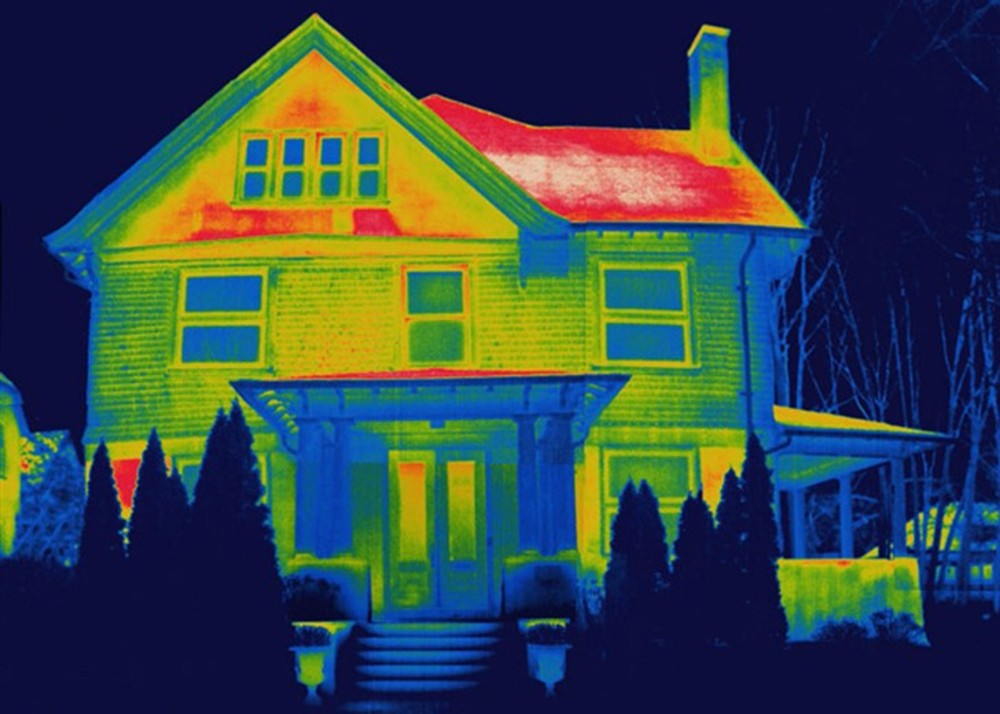How to conduct a DIY home energy audit
 Don’t let energy inefficiencies affect your home’s comfort or your utility usage.
Don’t let energy inefficiencies affect your home’s comfort or your utility usage.
StatePoint – This fall, why not consider making needed improvements in your home to help increase energy efficiency and save big in the long run?
Here is a short checklist for a DIY home energy audit.
Seal air leaks
According to the U.S. Department of Energy, sealing air leaks around the house can save up to 30 percent of energy costs annually.
To find leaks, conduct a thorough visual inspection for gaps and cracks by baseboards, where the walls and ceiling meet, around door frames and near cable and phone line wall plates.
Spot a gap? Caulk it. Use painter’s tape for a cleaner job. Hold the caulking gun at an angle for best results, and apply in a continuous stream.
Improve insulation around windows and doors with weather-stripping. Measure the gap you need to fill to identify the width of weather-stripping needed and determine whether you should apply it from the inside or outside. Before starting, read the package instructions to ensure you’re using the right materials. Cut to size and install.
Lastly, check to see if your fireplace flue is open. If so, close it when not in use for additional savings.
Make smart upgrades
One quick way to check your windows for inefficiencies is to look for condensation, frost and other moisture. The Department of Energy also recommends closing your windows on a dollar bill. If you can easily pull the bill out, the window might be losing substantial energy and may require repair or replacement.
Additionally, ENERGY STAR reports that homeowners who choose windows that have earned the ENERGY STAR save an average $101-$538 a year when replacing single-pane windows.
If it’s time for an upgrade, look for ENERGY STAR-qualified windows that offer innovative technologies and improve energy efficiency.
Change behavior
Do an audit of not only your home’s features, but of the occupants as well. Are lights left on in empty rooms? Is the television on when no one is watching it? From switching to cold water laundry cycles to taking advantage of sunlight for warmth and light – modifications of energy and cost-saving resources don’t need to be a sacrifice.
To save energy, improve the comfort of your home and do your part to be more environmentally conscientious, conduct a do-it-yourself energy audit. You’ll likely discover many areas in your home that should be improved.







